Rapid Prototype Casting
| 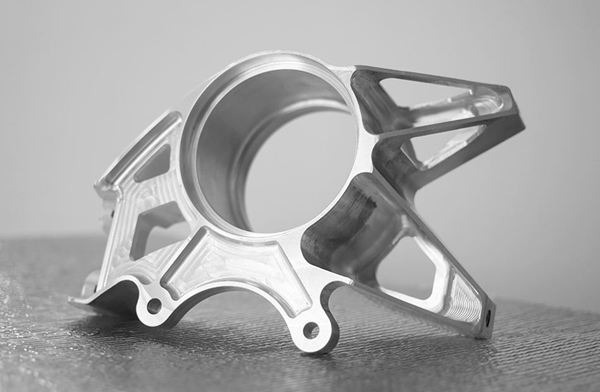 |
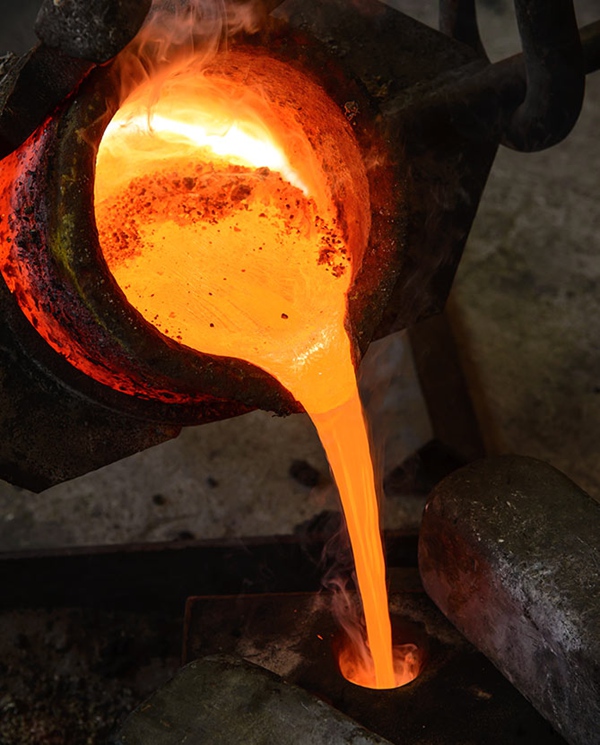 | Layers of material are bonded together using one of the various types of 3D printing methods like stereolithography, laser sintering, laminated objected manufacturing, or fused deposition modeling, once the part is made in wax, it is attached using wax to a sprue with other similar parts, and then coated in a ceramic slurry multiple times to build up a shell. The ceramic slurry progressively gets coarser to build shell strength. After the shell has been sufficiently built up, the wax is removed through heating in a furnace or autoclave, leaving just the shell. The shell can then be prepped through a higher heat before the molten metal is poured into it. After cooling and removal of the shell, a new metal part is left.
|
The coated foam mold is packed securely into a flask and filled with heavily compacted, unbonded sand. A molten hot metal, usually an aluminum alloy, steel, or cast iron, is carefully poured into the flask and over the foam mold. The polystyrene foam mold evaporates as it comes into contact with the metal and is replaced by the metal leaving the same shape. When the metal has cooled, it is pulled out of the ceramic coating and the excess sand or debris is cleared off, leaving a finished metal piece.
| 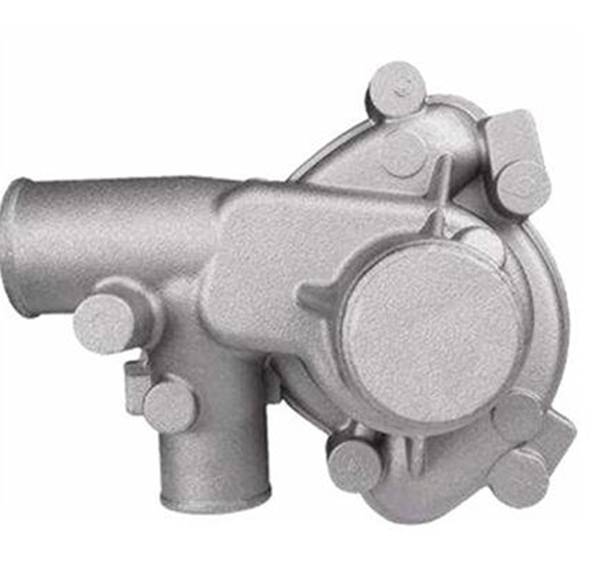 |
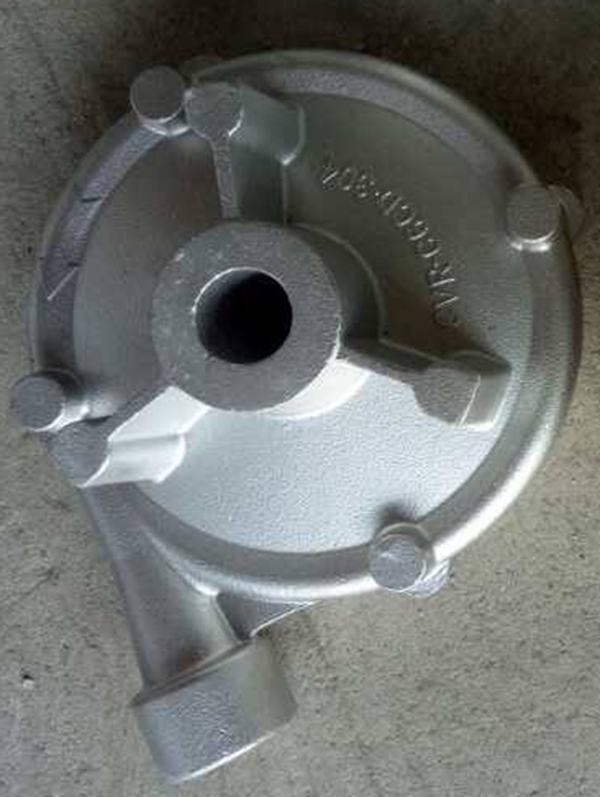 | Advantages/Disadvantages The main advantage of lost foam casting is that complex castings can be created in a highly cost-effective manner. There is minimal machining required and the tooling used will not wear down. Large runs of metal pieces can be created with excellent surface finish properties and the cleaning cost is lower. Unbonded sand is simpler to maintain and foam molds can easily be manipulated. This allows for ease of creation in making unique pieces, so prototyping finds great use of lost foam casting. Disadvantages include higher costs for molds if there is a low volume created as well as a higher starting cost if a die is used to create the molds. Molds can also be easily damaged due to the low strength of the material.
|
Applications Lost foam casting historically has been used in automotive manufacturing to make a variety of pieces including cylinder heads and that continues with widespread use in the automotive industry. The low cost also makes lost foam casting popular among hobby foundries and artists alike.
| 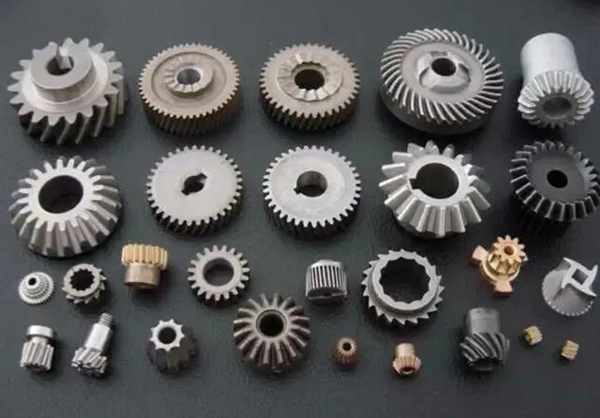 |



